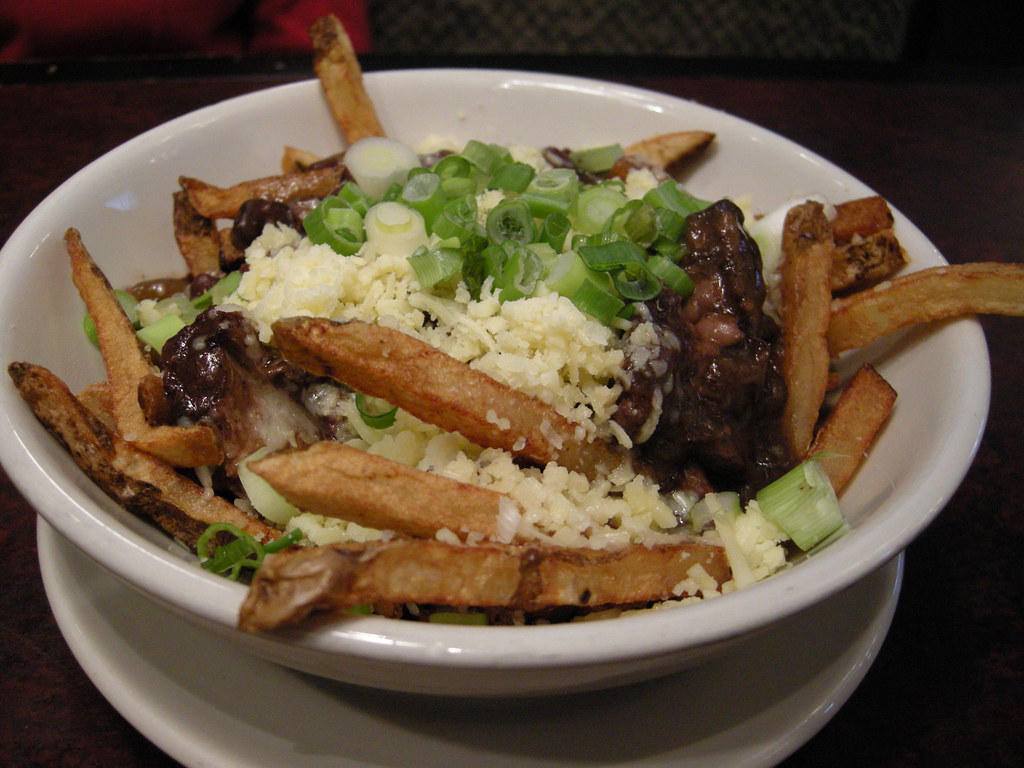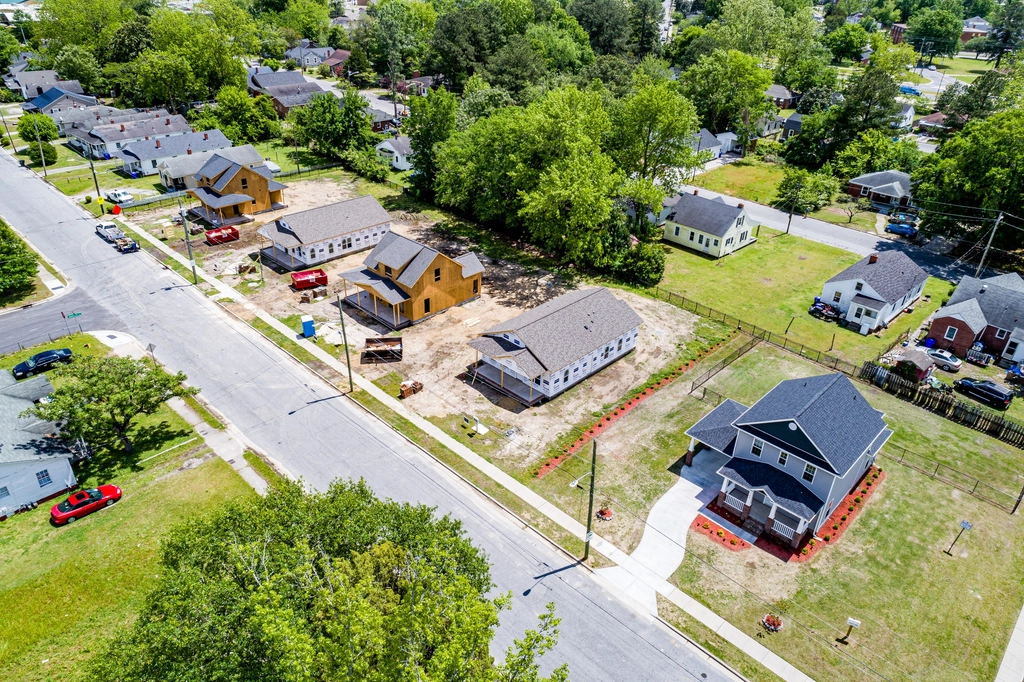The Numbers Don’t Lie About Jersey’s Diner Dominance
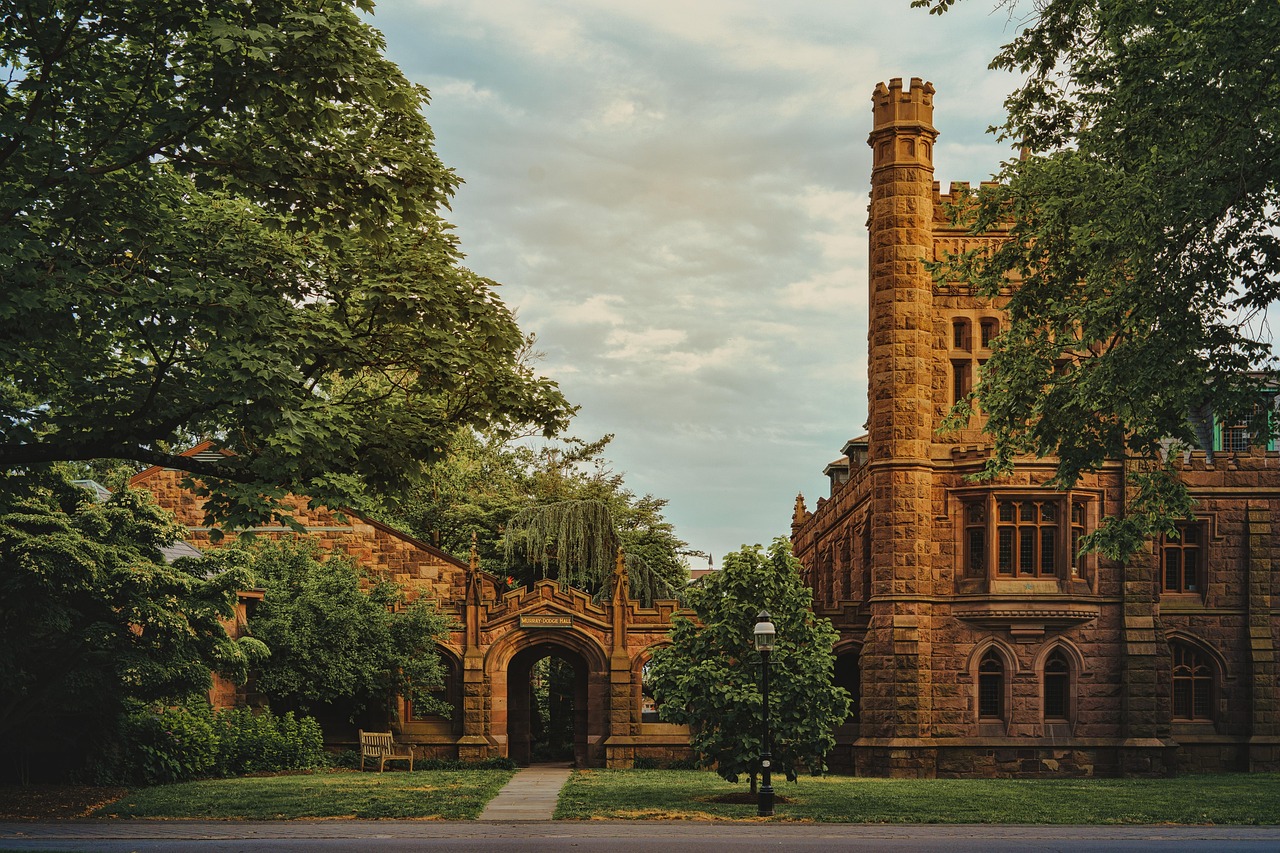
The Garden State is widely considered the diner capital of the world, boasting more than 500 within its borders, though there are six hundred of them in the state, as they “beckon with promises of hefty menus, hearty food, smiling waitresses and endless coffee refills”. This staggering concentration of diners makes New Jersey unique among all fifty states. Many are open 24 hours a day, creating a culture where breakfast truly never ends.
The state’s diner density is remarkable when you consider that New Jersey saw around 150 diners close in the past decade. Despite these losses, the Garden State maintains its title as the undisputed diner capital of America, if not the world.
The Man Behind the Magic—Jerry O’Mahony’s Revolutionary Idea
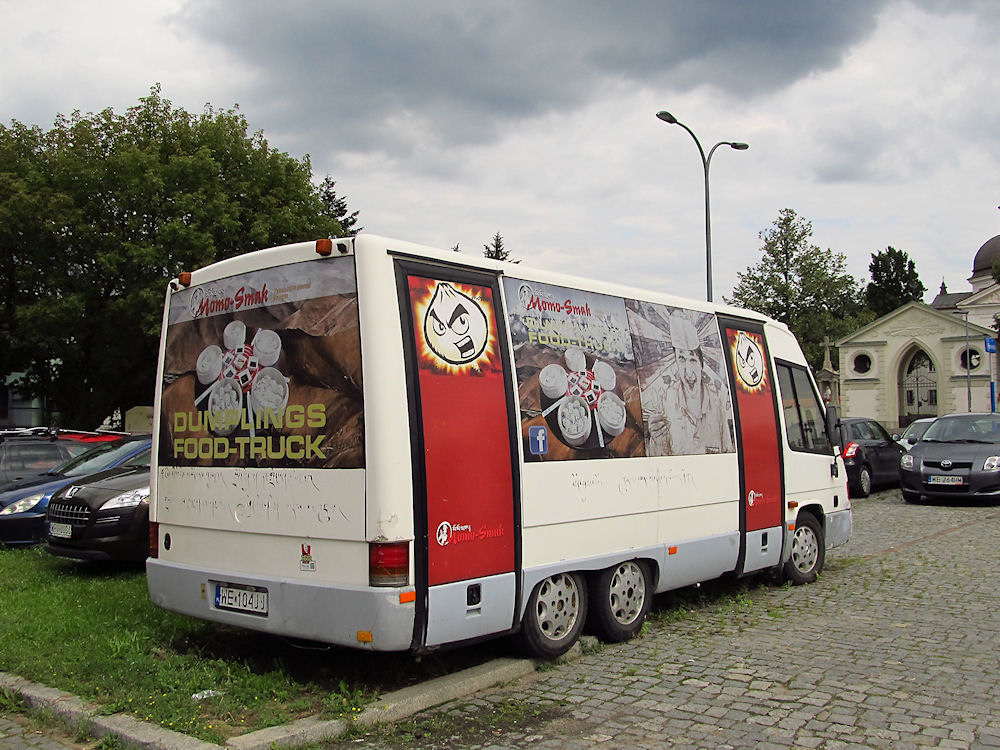
Sitting in his family’s tavern in Bayonne early in 1912, Jerry O’Mahony had an epiphany. He and his younger brother, Daniel, owned several lunch wagons. Towed by horses to choice locations throughout Hudson County, the lunch wagons were doing good business. But it occurred to O’Mahony that the real money might be in designing and building the wagons, not operating them. This moment of inspiration changed American dining forever.
A Jersey City restaurant entrepreneur, Michael Griffin, purchased the first O’Mahony wagon for $800. A contract, dated July 3, 1912, stated the wagon would operate in West Hoboken (today’s Union City), in the vicinity of Paterson Plank Road and Summit Avenue. This sale is widely regarded as an early moment that sparked New Jersey’s rise as the diner capital of the world.
From Wagons to Gleaming Steel Palaces
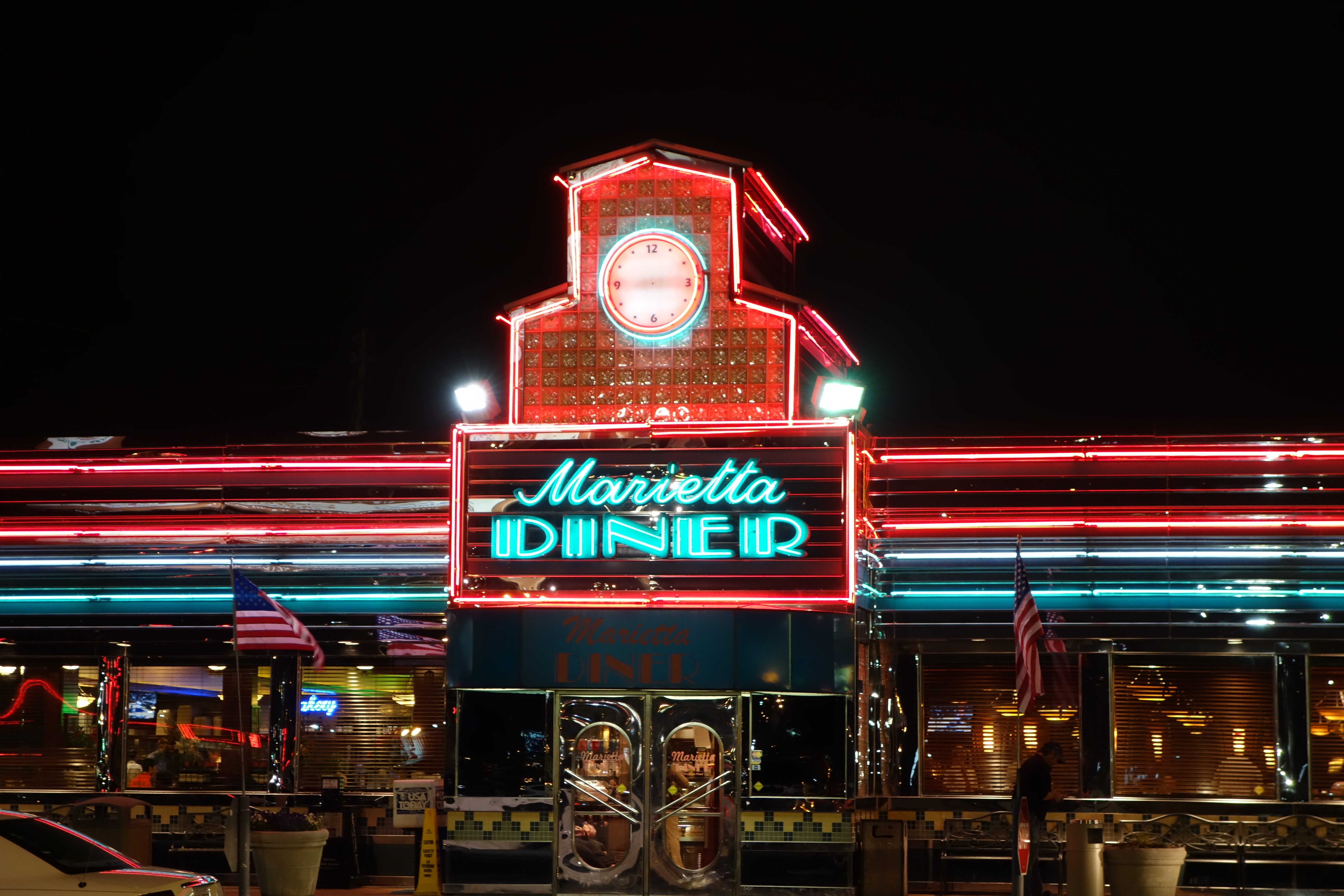
Jerry and Daniel O’Mahony founded the Jerry O’Mahony Diner Company in Elizabeth, New Jersey in 1917, sparking a renaissance of New Jersey diner manufacturing. It operated until 1952, churning out around 2,000 prefabricated restaurants. In the decades that followed Jerry O’Mahony’s flash of inspiration, nearly all the major U.S. diner builders—including Jerry O’Mahony Inc.—set up shop in New Jersey, producing the factory-built, stainless-steel eateries still admired worldwide. The early diners turned out by O’Mahony and others were gems of American industrial design; often, they resembled gleaming railroad cars.
They remain prime examples of Streamline Moderne architecture, a concept emphasizing sleek lines and aerodynamic forms. The diners reflected the American Machine Age, a period between the two world wars that saw an explosion of innovation and technology. The diner, in essence, became the machine that fed travelers, factory workers, truck drivers and middle-class American families.
Why New Jersey Became the Perfect Diner Breeding Ground
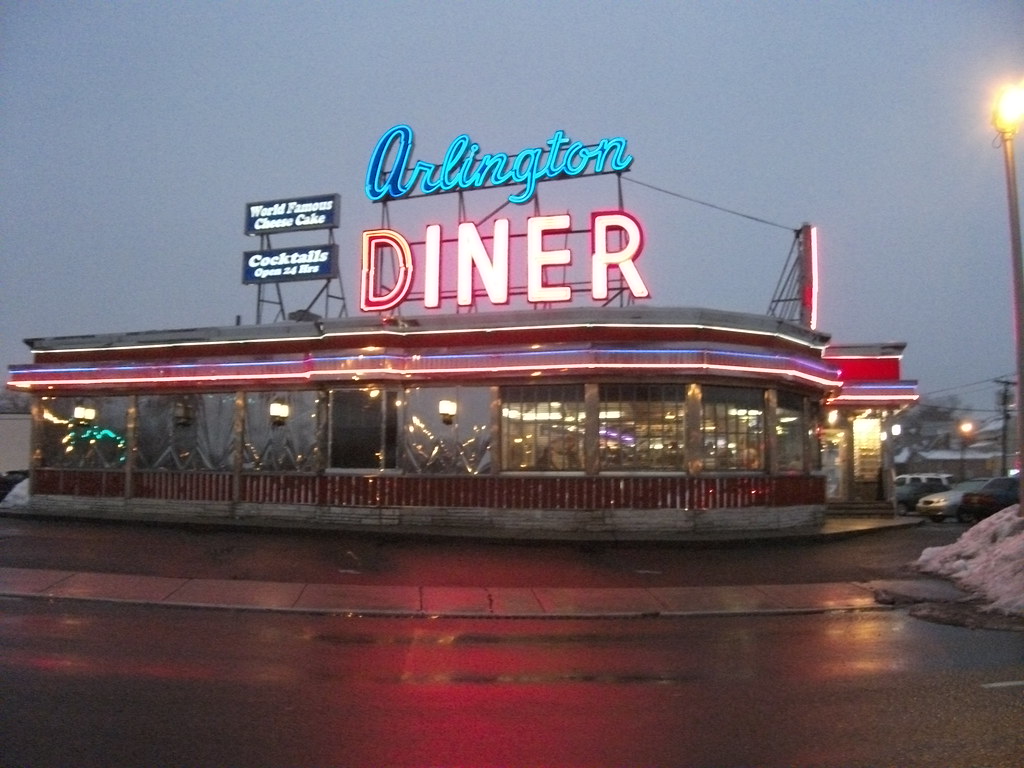
The diner business found fertile ground in New Jersey, thanks to the state’s population density and superior infrastructure. He says in the early years of the 20th century, New Jersey had some of the best infrastructure in the U.S., and it was a source of pride. The state’s strategic location between major cities like New York and Philadelphia created a perfect storm for diner culture to flourish.
The combination of busy highways, industrial workers needing quick meals, and a growing suburban population created an insatiable demand for affordable, accessible dining. New Jersey’s manufacturing capabilities also made it the ideal place to actually build these modular restaurants that could be transported anywhere in the country.
The All-Day Breakfast Revolution
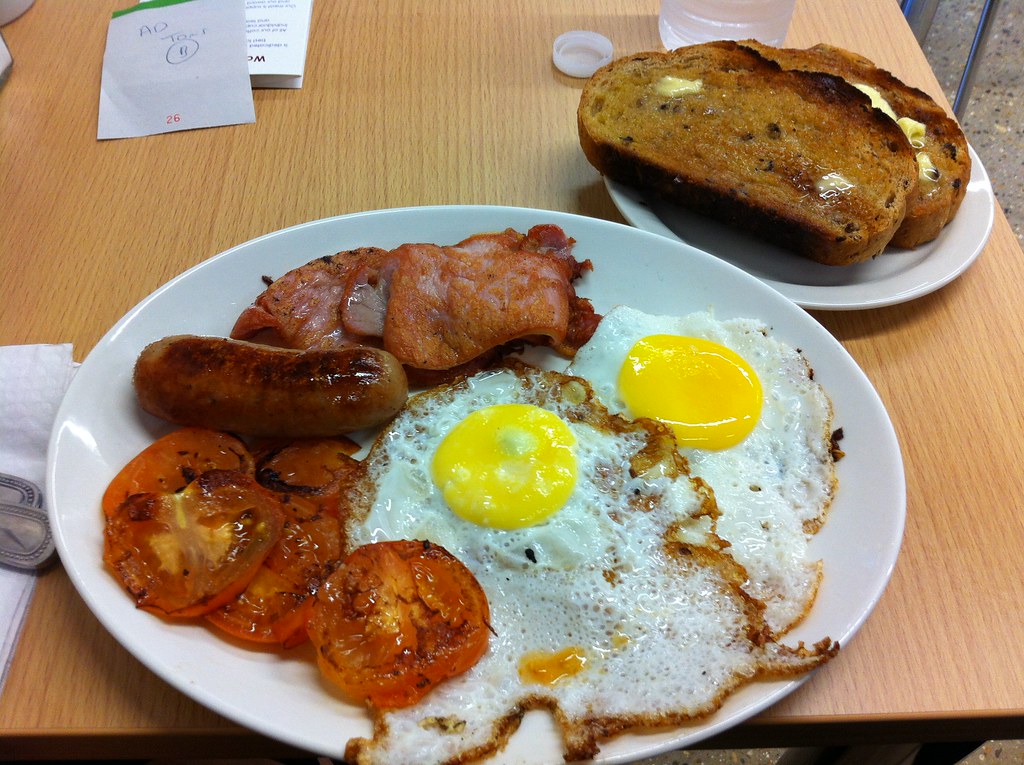
There is often an emphasis on breakfast foods such as eggs (including omelettes), waffles, pancakes, and French toast, and most diners serve breakfast all day. This revolutionary concept transformed how Americans think about meal times. they all served breakfast 24 hours a day, so if you head to the diner after work you can get an omelet and french fries and place video games in the foyer with your co-workers.
The idea that you could order pancakes at midnight or eggs Benedict at 3 PM was radical when it first emerged. Today, it’s so ingrained in diner culture that we take it for granted. Whether you want eggs and waffles at midnight or burgers and fries at dawn, these places are always ready to serve.
The 24-Hour Diner Crisis
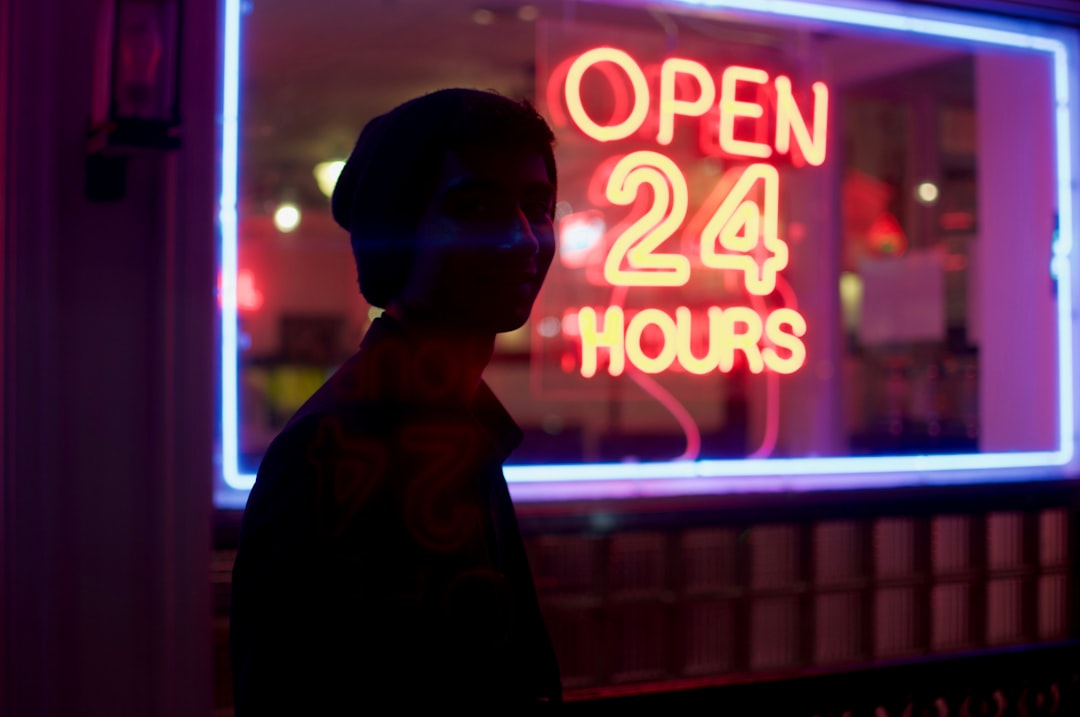
As of 2024, only 16 tried and true 24-hour diners remain in New Jersey, making them a symbol not only of nostalgia but trademark Jersey toughness and resiliency. This dramatic decline represents a cultural shift that goes beyond just business hours. The COVID pandemic significantly impacted New Jersey’s 24-hour diners’ life force, causing many to shorten their hours in 2020.
The Food Institute reported that the amount of 24/7 diners in the country had dropped by about 18%, and the percentage was even higher in metropolitan areas like L.A. The loss of round-the-clock dining has left a void in New Jersey’s cultural landscape that goes far deeper than just finding a late-night meal.
More Than Food—The Greek Connection

A large number of diners are owned or were founded by Greeks and offer Greek dishes like gyros in addition to standard diner fare. This Greek influence has become so embedded in New Jersey diner culture that it’s impossible to separate the two. The combination of American comfort food with Mediterranean touches creates a unique dining experience found nowhere else in the world.
Greek families didn’t just open diners—they transformed them into community gathering places where multiple generations would work together. The entrepreneurial spirit of Greek immigrants perfectly matched the 24/7 work ethic that diners demanded, creating a symbiotic relationship that lasted for decades.
Disco Fries and Other Jersey Specialties
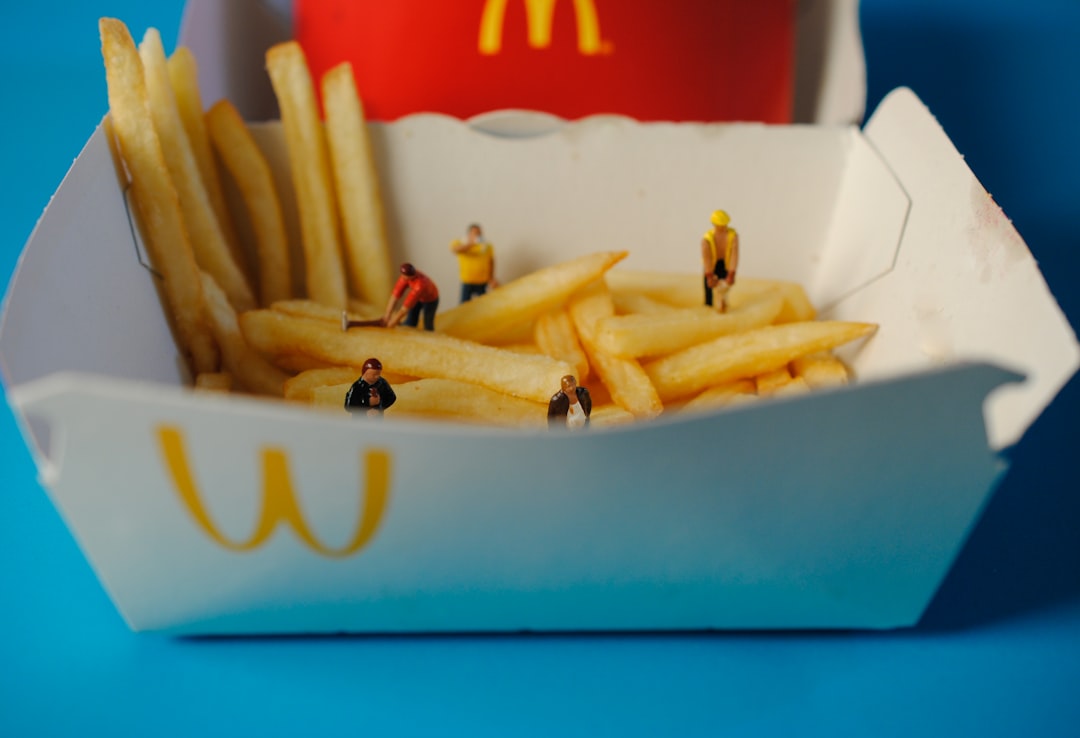
Specialties specific to New Jersey diners include the previously mentioned pork roll, egg, and cheese sandwich, as well as disco fries, a food similar to the Quebec dish of poutine. They consist of french fries, usually slightly overcooked, and covered with brown gravy and melted mozzarella cheese. These aren’t just menu items—they’re cultural artifacts that tell the story of New Jersey’s working-class roots.
don’t miss an opportunity to explore local specialties like disco fries! These are crispy French fries topped with gravy and melted cheese — if you are looking to add a little more pizazz to your plate. The name “disco fries” itself captures the era when these late-night comfort foods became essential fuel for New Jersey’s nightlife culture.
The Economic Reality of Diner Life
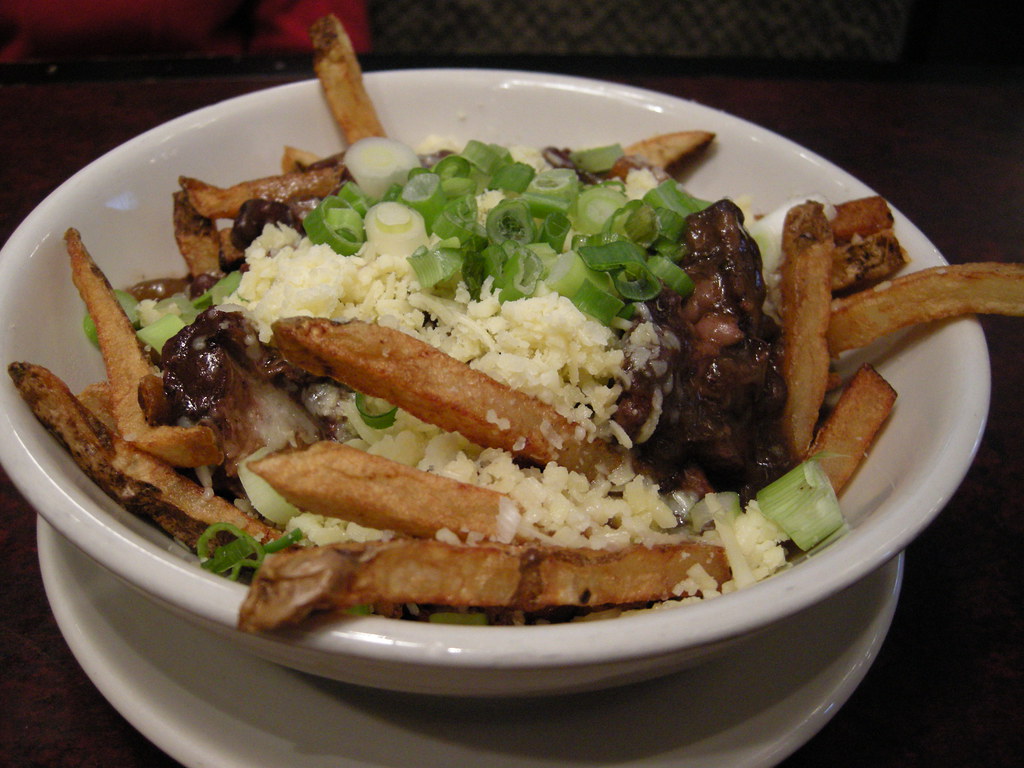
The food is usually quite inexpensive, with a decent meal (sandwich, side dish, drink) often available for less than ten dollars. This affordability has been crucial to diner survival, especially during economic downturns. Eating out is not cheap, especially these days. At least at a diner, you can sit down with family and friends to enjoy a quality meal and not have to take out a second mortgage.
The generous portions and reasonable prices create a value proposition that chain restaurants struggle to match. When you factor in the personal service and community atmosphere, diners offer something that transcends mere economics—they provide a sense of belonging in an increasingly impersonal world.
Historic Diner Architecture Still Standing
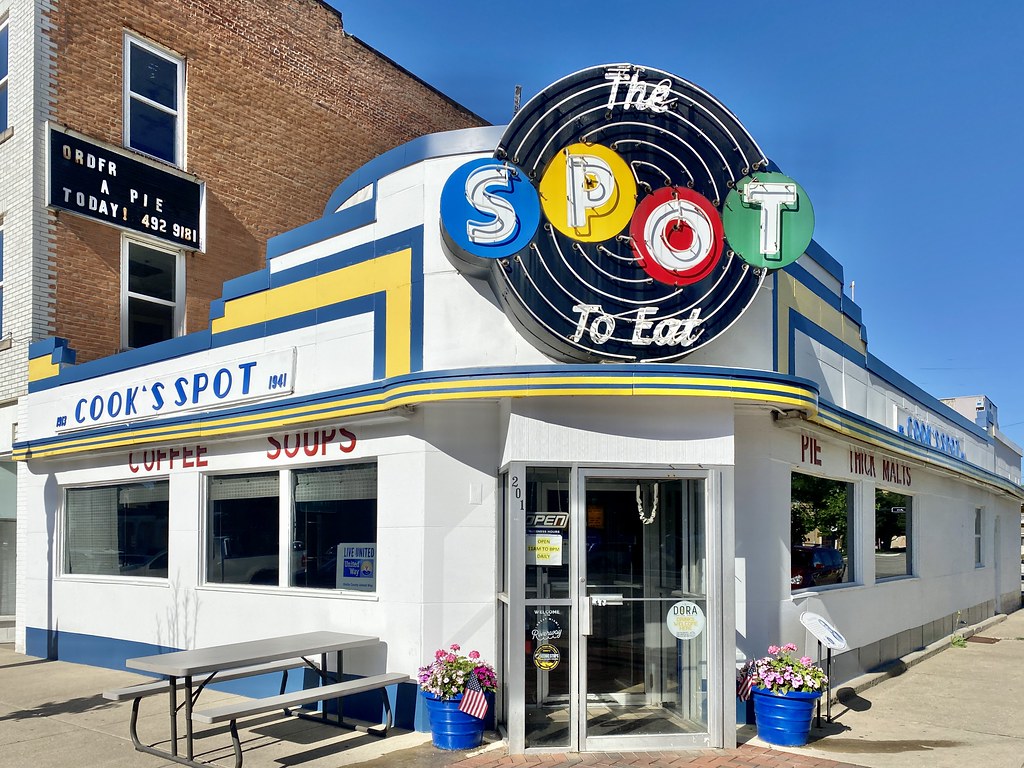
Garden State masterpieces of the era that remain standing today include the Summit Diner, built in 1938 by Jerry O’Mahony Inc. of Elizabeth, and Bendix Diner in Hasbrouck Heights, installed by Pequannock-based Master Diners, circa 1947. Vintage diners like these are modular, prefabricated, fully equipped eateries, built in a factory, then transported and assembled on location.
At least 26 pre-war Streamline Moderne-style O’Mahony diners (built between 1932 and 1941) still existed as of 2015. These include: The smaller 50′ × 10′ Mickey’s Diner serial number 1067 in Saint Paul, Minnesota, which is one of several listed on the National Register of Historic Places. These surviving structures represent irreplaceable pieces of American industrial design history.
The Changing Demographics of Diner Culture
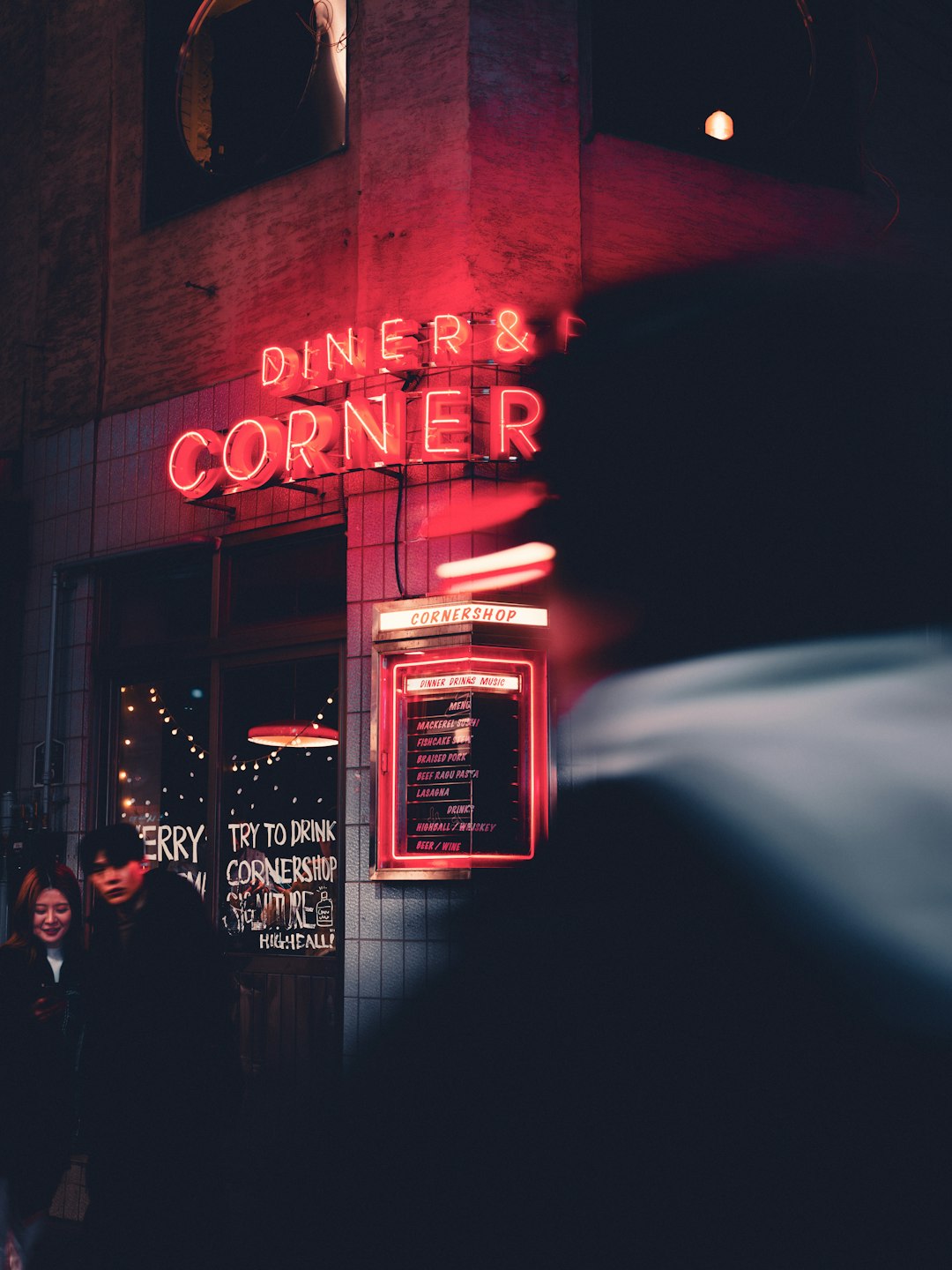
“We used to be really busy until 2 in the morning. Especially Friday and Saturday nights. But even before COVID, we say it trending that it really wasn’t as busy on Friday and Saturday nights… the roads just kind of die out.” This observation from a diner owner reveals how generational changes have affected traditional diner culture.
Sedereas credits this to the rise of apps like Uber and Lyft. When people go out to bars and clubs, they Uber there and Uber home and not driving. “We did it. We went out and had the disco fries and bar food at 2 or 3 in the morning. Where like my daughter, she would take an Uber to the bar. And then when they would leave the bar, they would Uber back home,” said Sedereas. Technology has fundamentally altered the social patterns that sustained late-night diner culture for generations.
Recent Closures and the Fight for Survival
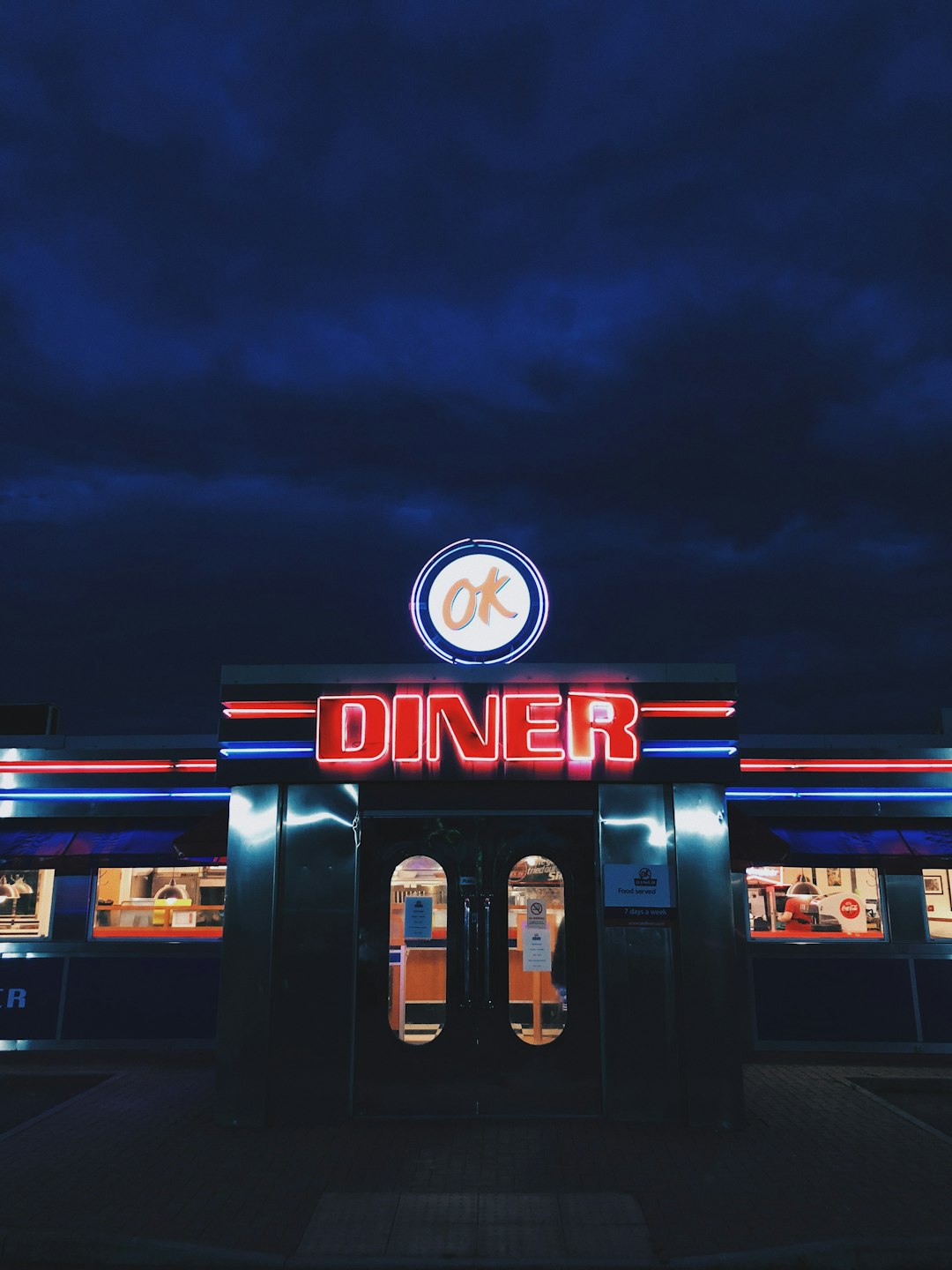
More than 30 beloved, landmark diners throughout the state have closed, been demolished, or relocated during the last 10 years. It’s a trend that continues to unfold in 2025. Many diners didn’t survive the COVID shutdown and hangover, and business costs continue to rise. Each closure represents not just a business failure, but the loss of a community gathering place that can never be truly replaced.
Dana Schaeffer, a journalist, pastry chef, and Little Falls resident, has led an effort since 2023 to save the abandoned Little Falls Diner. Schaeffer is exploring the possibilities of moving the structure and remains optimistic that the diner can be saved, but acknowledges that there are many challenges. She has created a website, https://www.savenjdiners.com/, which hopes to do just that, as an online hub to gather information. These grassroots preservation efforts show that communities understand what they’re losing.
The Champions Still Standing Strong
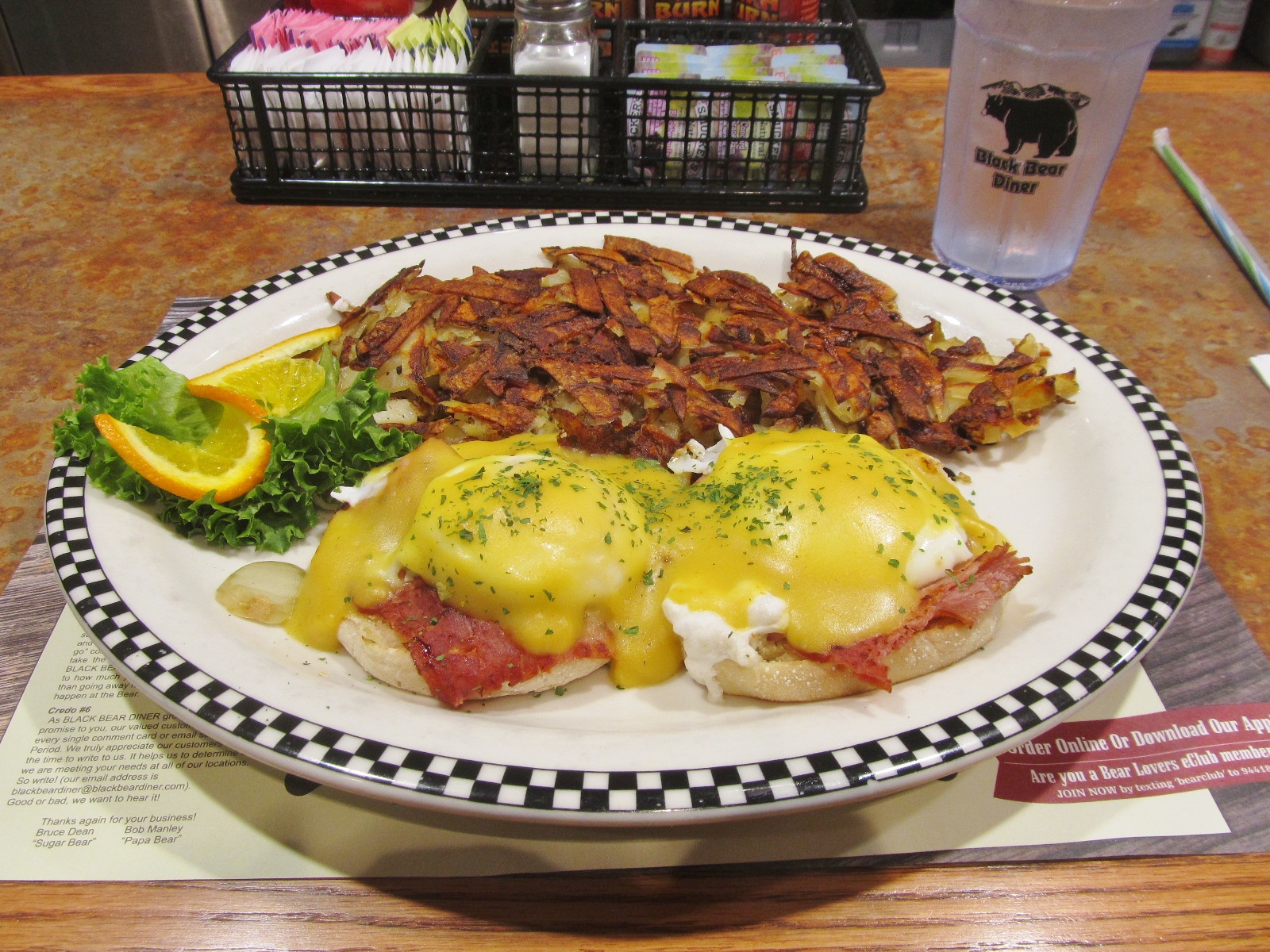
Since opening its doors in 1948, Tick Tock Diner has become a beloved New Jersey institution, an iconic symbol of the American diner with locations in both Clifton and Manhattan. Tick Tock has mastered the art of casual dining, providing customers with high quality ingredients, generous portions at a reasonable price and a comfortable, family-friendly atmosphere that keeps them coming back year after year. We’re open 24/7, 365 days a year and look forward to welcoming you soon!
Chit Chat Diner has two Jersey locations: West Orange and Hackensack. Both have yummy offerings, but only the Hackensack spot is open 24-7 365 days a year. These survivors represent the resilient spirit that has kept New Jersey diner culture alive through multiple challenges and cultural shifts.
Why Breakfast Never Really Ends

The concept of all-day breakfast at New Jersey diners goes beyond mere convenience—it represents a philosophy of comfort and accessibility that transcends traditional meal boundaries. There’s something reassuring about having a diner nearby that’s open every hour of every day of the year. You never know when you’re going to want a quick meal, and the idea that there’s always someone serving up all-day breakfasts, bowls of chili, and sweet desserts is a comforting thought.
In New Jersey’s diner culture, breakfast foods aren’t just morning sustenance—they’re comfort food available whenever life demands it. Whether you’re a shift worker grabbing eggs at 3 AM, a family celebrating a late-night victory, or someone seeking solace after a difficult day, the promise that breakfast never ends provides a unique form of security in an uncertain world.
What would you have guessed was the real secret behind New Jersey’s enduring love affair with diners?

